Once you learn how to make your own homemade fermented cucumbers, you’ll never buy store-bought pickles again! This pickle recipe is a great way to start your fermentation journey. It’s simple, easy to follow and the results are crunchy pickles you’ll want to make over and over again.

Table of Contents
- What is Lacto-Fermentation?
- What’s the Difference Between Fermented Pickles and Regular Pickles?
- How to Choose the Right Cucumbers
- Ingredients
- The Right Salt to Water Ratio (Salt Brine)
- Equipment and Supplies
- How to Make Lacto-Fermented Sliced Cucumbers
- Dill Pickles Video Tutorial
- Fermentation Time, Storage and Safety
- Expert Tips
- Recipe FAQs
- Other Preservation Recipes
- Homemade Fermented Cucumbers (Dill Pickles) Recipe
What is Lacto-Fermentation?
Fermentation (lacto-fermentation) involves submerging vegetables or fruits in a brine solution of salt and water). When done correctly, fermentation kills or suppresses the bad bacteria while giving the beneficial bacteria a chance to survive and thrive. This fermentation process transforms the vegetables or fruits into healthy, probiotic-rich lacto-fermented food.
If you’ve ever tasted fermented hot sauce or fermented cabbage (sauerkraut), you’ll notice they have an acidity to them that is different from a traditional vinegar pickle. They taste tangy rather than pickled. They may tingle on your tongue too. This fizziness is due to the carbon dioxide that is generated in the fermentation process.
I suggest you read my comprehensive post on lacto-fermentation, especially if you are a beginner or this is your first time fermenting. It’ll give you all the basics you need to confidently ferment all the vegetables!
Also try my fermented jalapenos, fermented radishes, fermented celery, red cabbage sauerkraut, fermented hot sauce, fermented tomatoes, Sambal Oelek (Indonesian chili paste), and fermented lemons as these are easy beginner-level recipes to enjoy.
This recipe is featured in my 11 Easy and Straightforward Fermentation Recipes post.
What’s the Difference Between Fermented Pickles and Regular Pickles?
The main difference between lacto-fermented pickles and regular pickles lies in the method of preservation and the ingredients used in the pickling process.
Fermented Cucumbers (Brine Pickles):
- Ingredients: Fermented pickles are made using cucumbers, water, salt, and spices. The cucumbers are submerged in a brine solution made of water and salt. Spices such as dill, garlic, and sometimes red pepper flakes are added for flavor.
- Fermentation Process: Fermented pickles are prepared through a natural fermentation process. Lactic acid bacteria naturally present on the cucumbers or in the environment convert the sugars present in the cucumbers into lactic acid. This process gives fermented pickles their characteristic tangy flavor.
- Health Benefits: Fermented pickles are rich in probiotics, which are beneficial for gut health. The fermentation process also preserves nutrients in the cucumbers.

Regular Pickles (Vinegar Pickles):
- Ingredients: Regular pickles, also known as vinegar pickles, are made using cucumbers, vinegar, water, salt, and various spices. Vinegar (usually white or apple cider vinegar) is a key ingredient in this method, just like in my Homemade Pickled Giardiniera.
- Pickling Process: In the case of regular pickles, cucumbers are soaked in a mixture of vinegar, water, salt, and spices. Vinegar acts as a preservative and gives the pickles a sharp, sour flavor. The pickling process is relatively quick, often just a few days, and does not involve fermentation.
- Shelf Life and Texture: Regular pickles have a longer shelf life due to the acidic nature of vinegar, which helps preserve the pickles for an extended period. They tend to have a firm texture and a tangy taste from the vinegar. They can also be water bath canned for even longer shelf life.
How to Choose the Right Cucumbers
A cucumber is not just a cucumber. There are so many varieties out there and some are better suited for preservation. Pickling cucumbers are ideal for pickling and fermentation projects because they have thick skin and are less likely to turn mushy. They tend to retain their crunch and are best used for longer storage.
Lebanese or Persian cucumbers can also be used for pickling and fermenting. I recommend using these for ferments you intend to enjoy quickly. I do not recommend using large slicer-type cucumbers (like English cucumbers) as they have a large seed cavity and thin skin.

This recipe can be made any time of year using grocery store cucumbers. Pickling cucumbers are grown in greenhouses year-round so access is usually not an issue. I do recommend making this recipe during the harvest season when homegrown or your local farmer’s market cucumbers are at their peak.
Some tips for selecting the best possible cucumbers:
- Always use firm, unblemished fruits. Fresh cucumbers are a must!
- Avoid fruits that are soft, wrinkled, or yellowish, as they might be overripe and won’t ferment well.
- Choose smaller fruits as this means their seed cavity will be underdeveloped.
- Choose organic cumbers (conventional produce may have been sprayed with pesticides)
Ingredients
This tried-and-true recipe comes together with a few simple ingredients from your pantry, fridge or garden. The most important thing to remember here is to use the freshest cucumbers you can get your hands on.

- Cucumbers: use pickling cucumbers for optimal results. They can be sliced into discs using a knife or a ruffle edge cutter. They can also be sliced into spears. If using small gherkins, you can keep them whole. Do not use “slicer” type cucumbers like English varieties. See the section above on selecting the right cucumbers for more information.
- Salt: When fermenting, use kosher salt, pickling salt, or sea salt. Avoid using table salt as it has added iodine which can possibly hinder fermentation.
- Dill: Use fresh dill, dill seed heads or dry dill seeds for that classic flavor. You can also add coriander and/or bay leaf if you like that flavor profile.
- Garlic: Another classic ingredient. I love using garlic in ferments but the choice is up to you.
- Spices: I like to use classic pickling spices such as mustard seeds, coriander seeds, black peppercorns and bay leaves. You can use the spices you prefer (or whatever you have on hand in your pantry).
- Vinegar: I like using neutral white distilled vinegar as it won’t affect the overall flavor, but feel free to use another acid like white wine vinegar, apple cider vinegar or even lemon juice or lime juice. Avoid using dark vinegar like balsamic or red wine. Adding vinegar is optional, but I recommend it as it helps balance out the flavor and will also help with preserving the pickles for longer in the fridge.
See the recipe card for full information on ingredients and quantities.
The Right Salt to Water Ratio (Salt Brine)
For this recipe, you will be using a brine solution to prepare the fermented cucumbers. This is also known as submersion salting. Brining is used when you are fermenting fruits and vegetables that do not have too much water content or if you’re fermenting them whole. This technique can be applied to hot peppers, garlic, fermented carrots, giardiniera mix, and of course cucumbers.
Filtered or spring water is preferred over tap water because the chlorine in tap water could affect fermentation. I recommend a 3.5% salt solution. This translates to 3.5 grams of salt per 100 grams of water. A good place to start is 2 tablespoons of salt to 4 cups of water (which works out to 34g of salt to 946g of water – a 3.5% ratio).
Equipment and Supplies
A fermentation lid (also known as an airlock) is not essential, but highly recommended. This is a lid with a valve that allows gasses to escape safely. It fits directly onto your jar. There are several options like the Klemon and Masontops (affiliate links).
You can use a standard lid and unscrew it twice a day to let any built-up air escape and quickly reseal. This option is not ideal as it can allow oxygen back in.

I also suggest using glass fermentation weights (affiliate link). They help keep the ingredients submerged in the brine.
I recommend using a glass jar (a mason jar is perfect because many of the lids mentioned above are designed specifically for it). You can also use ceramic crocks (affiliate link). I stay clear of metal and plastic containers (though there are many who use plastic containers for fermenting).
Fermenting fruits and vegetables is generally very safe and foolproof. But to make sure that you are not introducing any bad bacteria or mold in the project, keep your equipment and tools as clean as possible. You don’t need to sterilize them (as you would if you are canning), but washing everything in soapy warm water and air drying them is the best way to reduce the risk of cross-contamination.
How to Make Lacto-Fermented Sliced Cucumbers

1. Prepare the Brine. In a large measuring cup or jug, combine the fresh water with salt. Mix well to dissolve the salt (Image 1).
2. Prepare the Spice bundle. In a small cheesecloth square, bundle the loose spices. Tie the bundle with twine or simply make a knot (Image 2).
3. Prepare the cucumbers. Cut your cucumbers into spears, halves, or slices. Discard the blossom end off each cucumber (Image 3).
4. Pack the jars. To each jar, add the garlic cloves, spice bundle, dill and other aromatics. Pack in the cucumbers (Image 4).

5. Pour brine. Carefully pour the brine solution over the cucumbers (Image 5).
6. Add weight. Apply the fermentation weight (if using), making sure that all the cucumbers are submerged in the brine (Image 6).
7. Add fermentation lid. Apply the fermentation lid to the top of the jar (Image 7).
8. Ferment. Ferment the cucumbers for at least 5 days away from direct sunlight. On day 5, taste the cucumbers. If you want them to be tangier and sourer, replace the weight and lid and continue to ferment for a few more days. If you’re happy with the taste, remove the weight, and fermentation lid. Add the optional vinegar. Apply a standard lid and place the pickles in the fridge (Image 8).
Dill Pickles Video Tutorial
Fermentation Time, Storage and Safety
While the cucumbers are fermenting keep them on the counter away from direct sunlight. The ideal fermenting temperature is room temperature, 60°F to 75°F (15°C to 24°C).
The fermentation time will depend entirely on your preference. I recommend a minimum of 5 days. By the 5th day, you’ll notice that the cucumbers have turned from a bright green to a dull green.
This is your indication that they are ready. Taste them! If you like them the way they are, you can proceed to the next step. If you prefer them more sour and tangy, you can continue to ferment them for another 3-7 days. You can even ferment for longer if you really like a sour pickle! Just keep an eye on the ferment in case it develops any mold.

Should you worry about botulism with fermented cucumbers?
If you follow the steps laid out, the risk of botulism is extremely low. Fermentation creates an environment that is low in oxygen, which can potentially allow the growth of Clostridium botulinum, the bacterium that causes botulism.
To prevent botulism and ensure you have a safe fermented cucumbers project, it’s crucial to:
- Use the correct salt ratio
- Use clean equipment
- Use the freshest produce you can get your hands on
- Maintain the right temperature
- Ensure that your produce is fully submerged in the brine
Recognize signs of spoilage: If you notice any unusual smells, colors, or mold growth, discard the entire batch. Botulism toxin is tasteless and odorless, so relying on these sensory cues alone is not sufficient to guarantee safety.
Expert Tips
- Change it up. Feel free to add some other vegetables to your mix like sliced onions and carrots.
- Keep it clean. Wash your jars and utensils before using them to prevent unwanted bacterial growth using hot soapy water. Optionally, you can sterilize them by boiling them in hot water for 5 minutes. The sterilization isn’t necessary, but does add an extra layer of protection.
- Safety first. Make sure to refrigerate your final product in the fridge.

Recipe FAQs
The most important tip is to use pickling cucumbers that are bred specifically to be pickled. They will have thicker skin and fewer seeds, meaning they are less likely to turn mushy. You can also soak them in ice water for a couple of hours before following the recipe. That being said, the longer you ferment, the more likely your pickles will turn mushy so make sure to stop the fermentation process and transfer them to the fridge when they are tasty and still crunchy.
A cloudy brine is common and usually not a cause for concern. It could be due to microbial or yeast activity, or simply starches and proteins from the breaking down of the cucumbers and other ingredients in the ferment. Always trust your senses and your gut; if something smells or looks off, it’s best to err on the side of caution and discard it. When in doubt, throw it out.
Calcium chloride (also known as Pickle Crisp) is a product that some people use when pickling and canning vinegar-based pickles to keep them crispy. Though I don’t personally use it, others have done so successfully but I do recommend you do your own research on this topic.
Other Preservation Recipes
Preservation
Preservation
Condiments
Tomato Recipes
If you make this Homemade Fermented Cucumbers (Dill Pickles) or any other fermentation recipe on Urban Farm and Kitchen, please take a moment to rate the recipe ⭐⭐⭐⭐⭐and leave a comment below. It’s such a help to others who want to try the recipe.
For more Urban Farm and Kitchen, follow along on Instagram, Facebook, and Pinterest, visit the Urban Farm Shop, or subscribe for new posts via email.
Homemade Fermented Cucumbers (Dill Pickles)

Equipment
- 2 Quart jars – 32 ounces (1000ml) mason jars
- Fermentation weight – Optional but recommended
- Fermentation lid or airlock – Optional but recommended
Ingredients
- 4 cups Fresh un-chlorinated water – Filtered or spring water (946ml)
- 2 tbsp Kosher, pickling or sea salt – 34 grams
- 2 tbsp Pickling spices – Mustard seeds, coriander seeds, bay leaves, black pepper – use more or less to taste
- 2-4 Garlic cloves – Peeled
- Fresh dill sprigs – Use dill flower heads if you have them
- 3-4 lbs Pickling cucumbers – Or Persian cucumbers
After Fermentation is Complete
- 2 tbsp White vinegar – Optional. Helps balance out the flavor of the final product.
Instructions
- Prepare the saltwater brine. In a large glass measuring cup or jug, combine 4 cups Fresh un-chlorinated water with 2 tbsp Kosher, pickling or sea salt. Mix well to dissolve the salt.
- Prepare the spice bundles. In a small cheesecloth square, bundle the loose spices. Tie the bundle with twine or simply make a knot. You will need one bundle per mason jar.
- Prepare the cucumbers. Cut your cucumbers into spears, halves, or slices. Discard the blossom ends.
- Pack the jars. To each quart jar, add the garlic cloves, spice bundle, dill, and bay leaf. Pack in the cucumbers, making sure you have an inch (2.5cm) of headspace.
- Pour brine. Carefully pour the brine solution over the cucumbers. Tap to release any air bubbles. If you need more brine to cover your cucumbers, make sure to make more following the same salt-to-water ratio above.
- Add weight. Apply the fermentation weight (if using), making sure that all the cucumbers are submerged in the brine.
- Add fermentation lid. Apply the fermentation lid to the top of the jar, if using.
- Ferment. Place the jars away from direct sunlight and ferment for at least 5 days. If you are using a standard lid, make sure to burp your jars once a day to release built-up gasses. On day 5, taste the cucumbers. If you want them to be tangier and sourer, replace the weight and lid and continue to ferment for a few more days. If you’re happy with the taste, remove the weight, and fermentation lid. Add the optional vinegar. Apply a standard lid and place the pickles in the fridge.
Video
Notes
-
- Always use firm, unblemished fruits. Fresh cucumbers are a must!
-
- Avoid fruits that are soft, wrinkled, or yellowish, as they might be overripe and won’t ferment well.
-
- Choose smaller fruits as this means their seed cavity will be underdeveloped.
-
- Choose organic cumbers (conventional produce may have been sprayed with pesticides)
Nutrition
Nutrition information is automatically calculated, so should only be used as an approximation.
 Like this recipe? Rate & comment below!
Like this recipe? Rate & comment below!
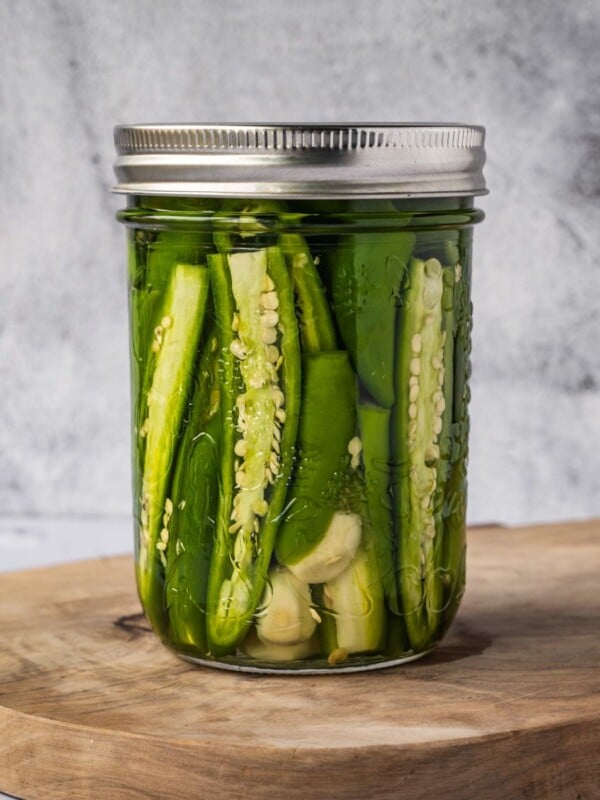
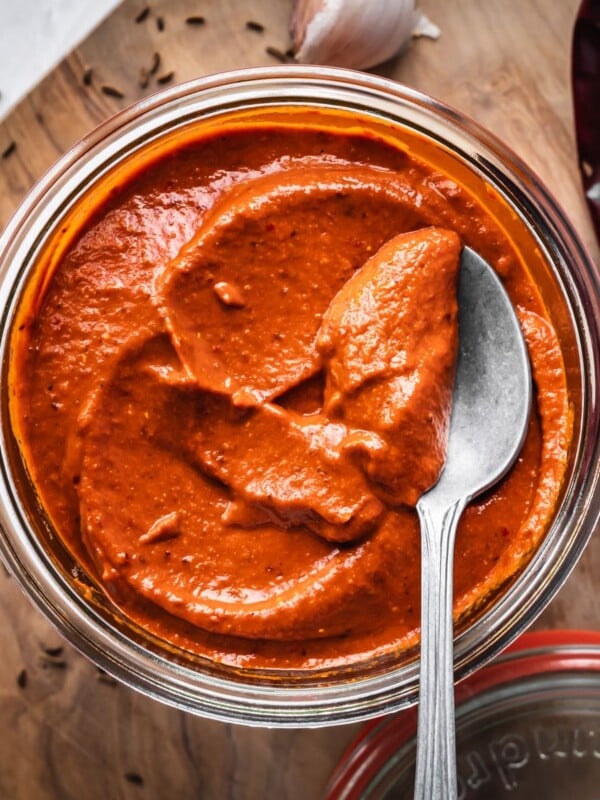
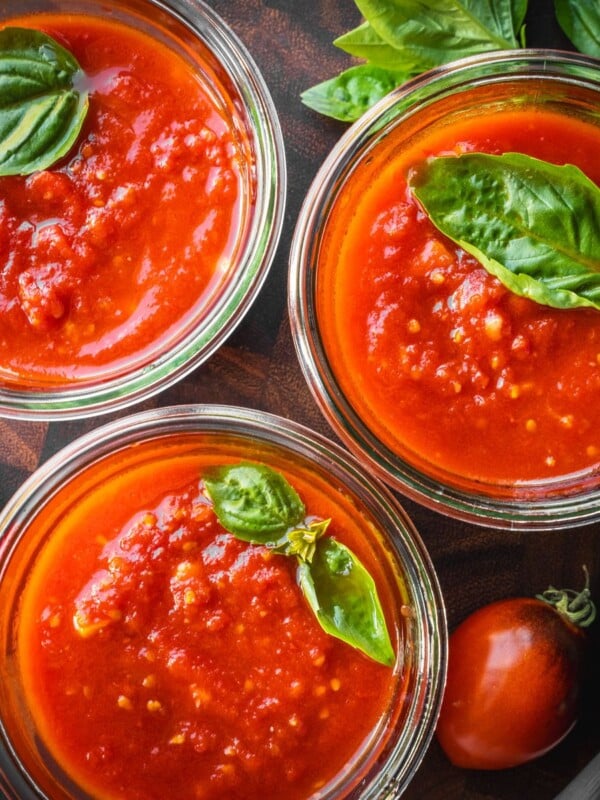
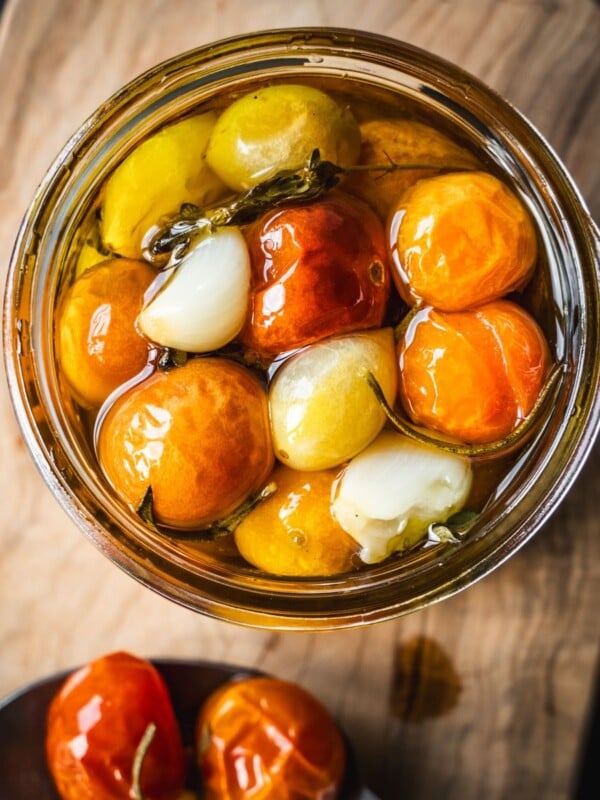

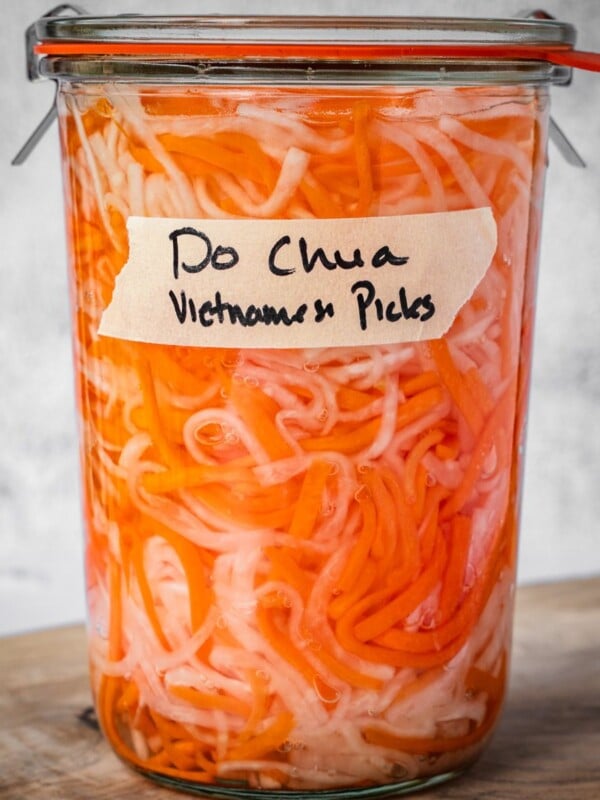
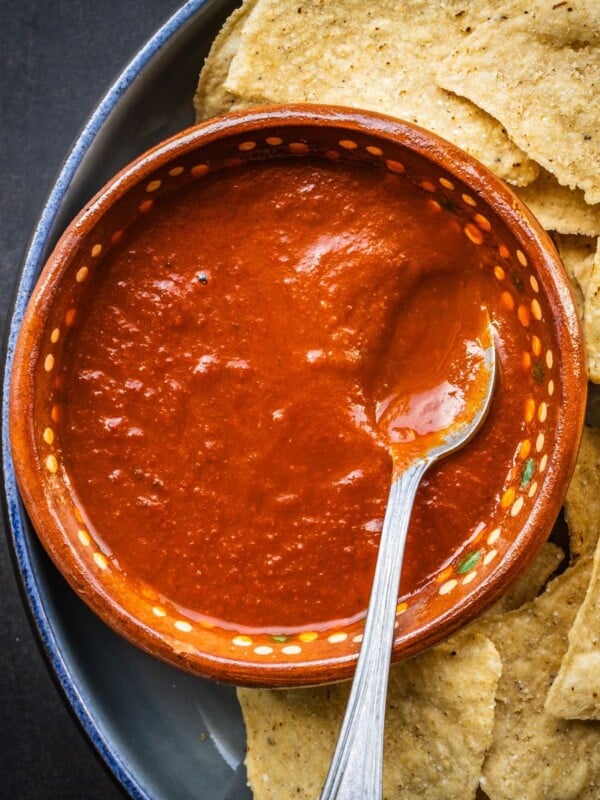
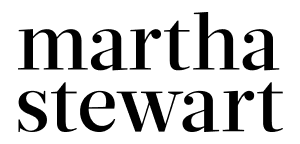







Wouldn’t adding the vinegar, even at the end, kill the probiotic and make these otherwise fermented pickles into pickling pickles (longer shelf life, though based on the process, would need to be refrigerated, but without the micronutrients)?
The vinegar is optional. It’s for folks who may not have yet gotten accustomed to the flavor of fermented cucumbers. The pickles need to be refrigerated regardless.
How long are these good for in the fridge once fermented?
They can keep for months in the fridge, if stored correctly and you use clean utensils every time you get into the jar. I do recommend you enjoy them within a couple of months.
If I’m not using fermentation lid do
I screw the regular lid on tightly or just lightly?
Finger tight, but you will need to burp the jar daily to release trapped gasses and prevent the jar from exploding under pressure.
I accidentally already added the vinegar at the beginning…..will they still ferment?
I would recommend pouring out the liquid from the jars and making a fresh batch of salt water brine.
Hi is the amount of spices in the bundle the amount for each bundle or total weight? Like is it 2 tablespoons per jar or 1 each jar? Cheers
The amount listed in the recipe is for the whole recipe, so 2tbsp for 2 quart jars. So 1 tbsp per jar. However feel free to use more!
What do you recommend if I don’t have fresh dill sprigs? Can’t wait to give this a try!
You can use dried dill or if you have another herb like coriander.
This is my first time fermenting pickles. These are fabulous. Very easy to make. I will be doing this every year :-).
Glad you liked the recipe!
I have a set of three quart jars fermenting on my counter right now. Today is day 4 and I will taste them and see how they are doing but I have a feeling I will want them more tangy! My question is about the vinegar – do you add 1 tbsp to each quart jar? Just plop it in, or pour some brine out then add the vinegar?
You can add as much or as little vinegar, or none at all. It’s all up to your preference. You can just pour it in if you have space. But if your brine is to the top of the jar you can remove some. You want to make sure your pickles are submerged.
Thanks! you mentioned that this recipe is fermented not regular pickles. But vinegar was in the recipe. I am wondering now is this fermentation?
Vinegar is added at the end of the fermentation cycle before refrigerating the pickles. The vinegar is optional. As stated in the recipe, it helps balance out the flavor especially for people who are new to the taste of fermented foods.
Can you use apple cider vinegar instead of white vinegar?
Yes, you absolutely can.
How do you keep the pickles from getting mushy?
You have to use pickling cucumbers as they will be less likely to get mushy because of their thick skin. Reread the post especially the FAQ about mushy cucumbers.